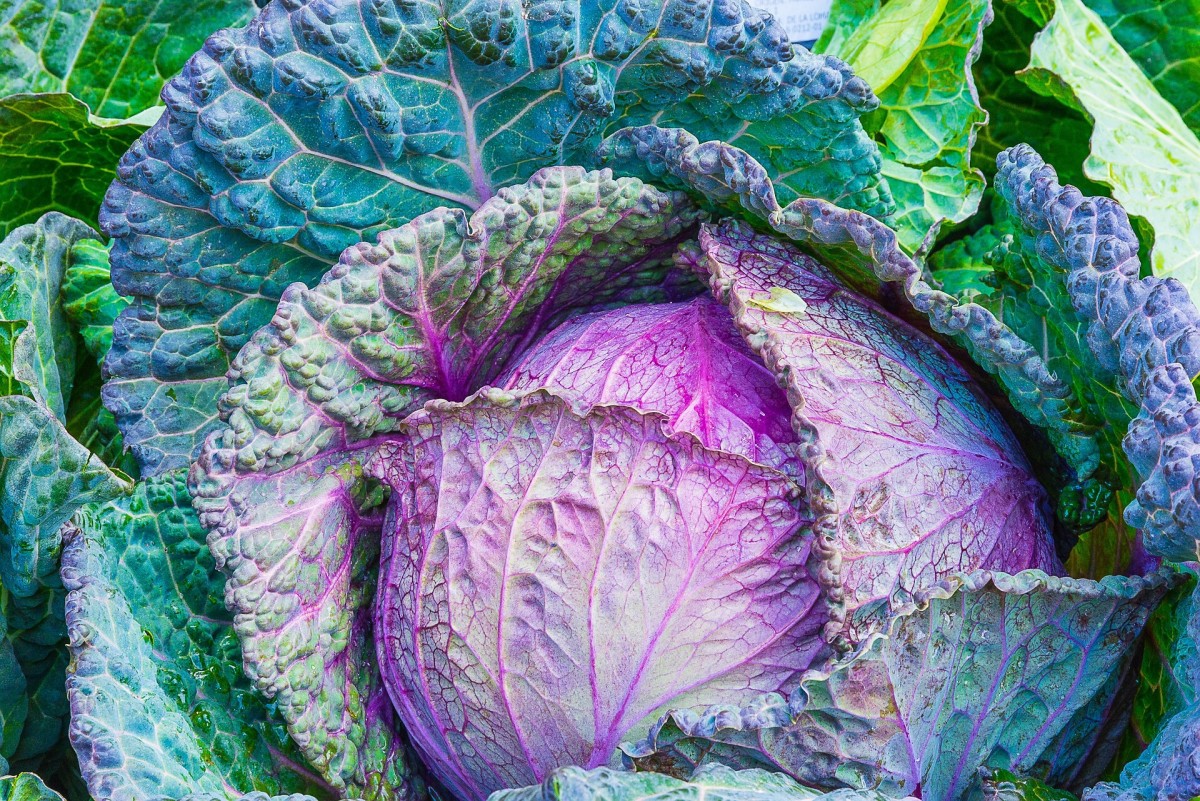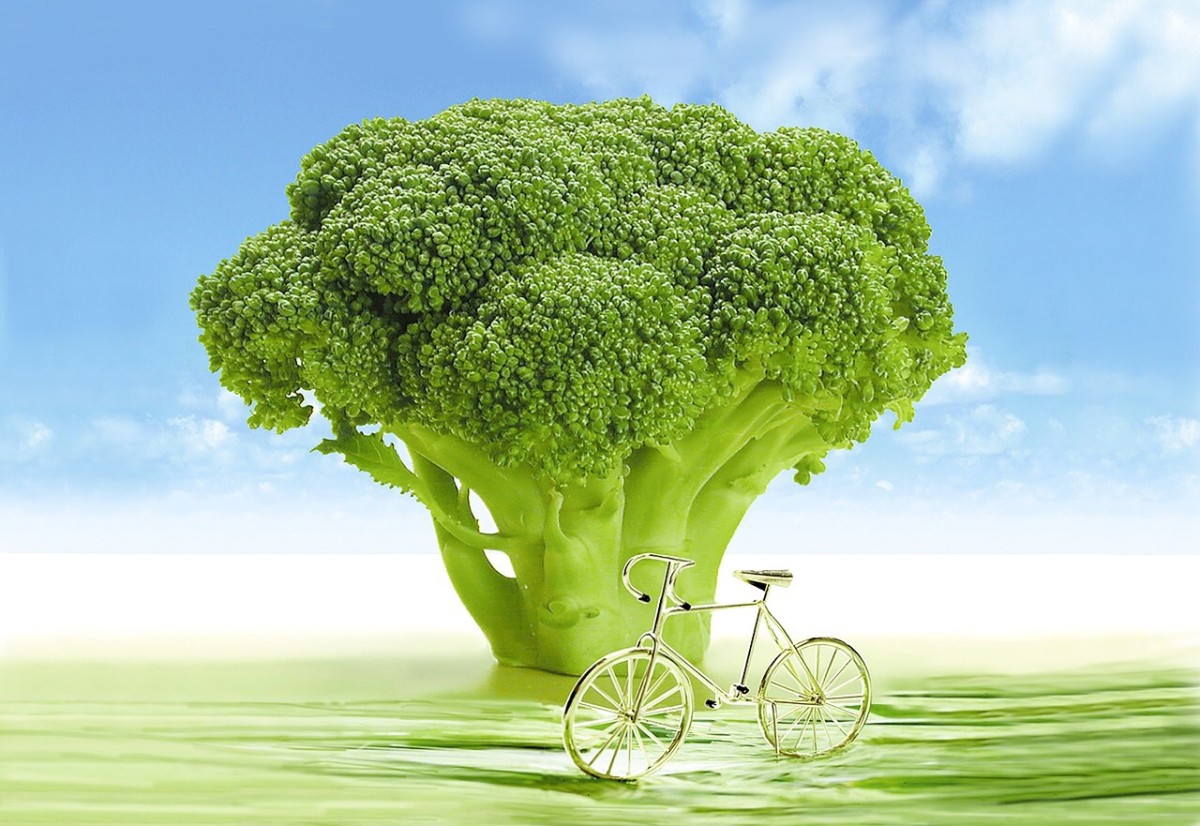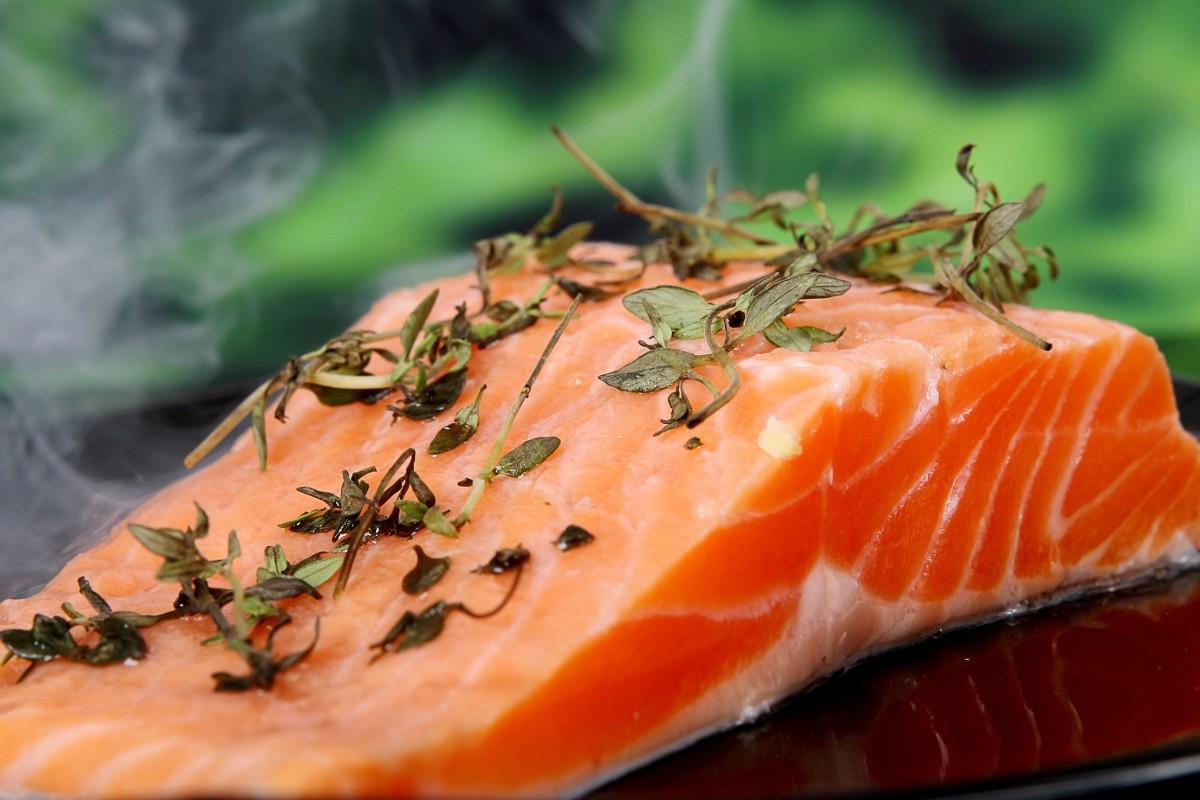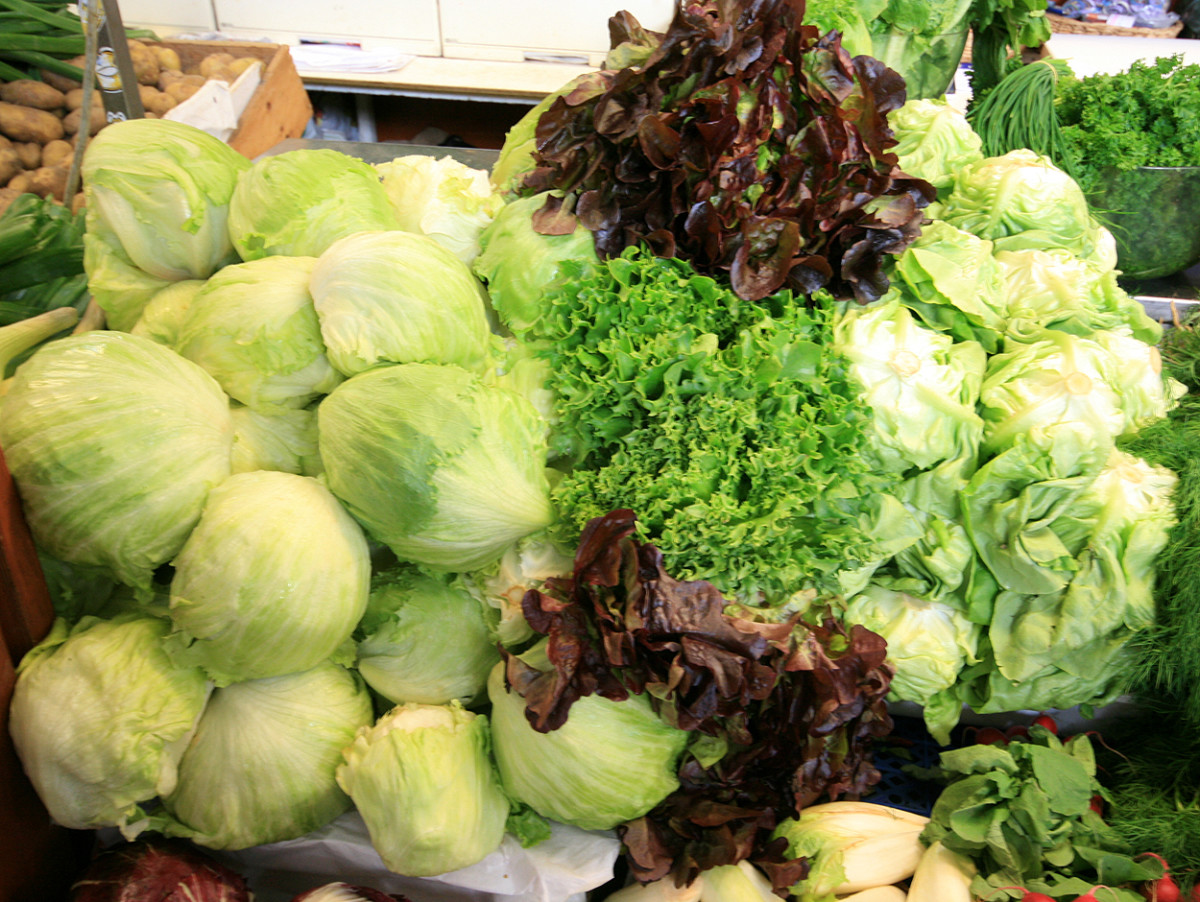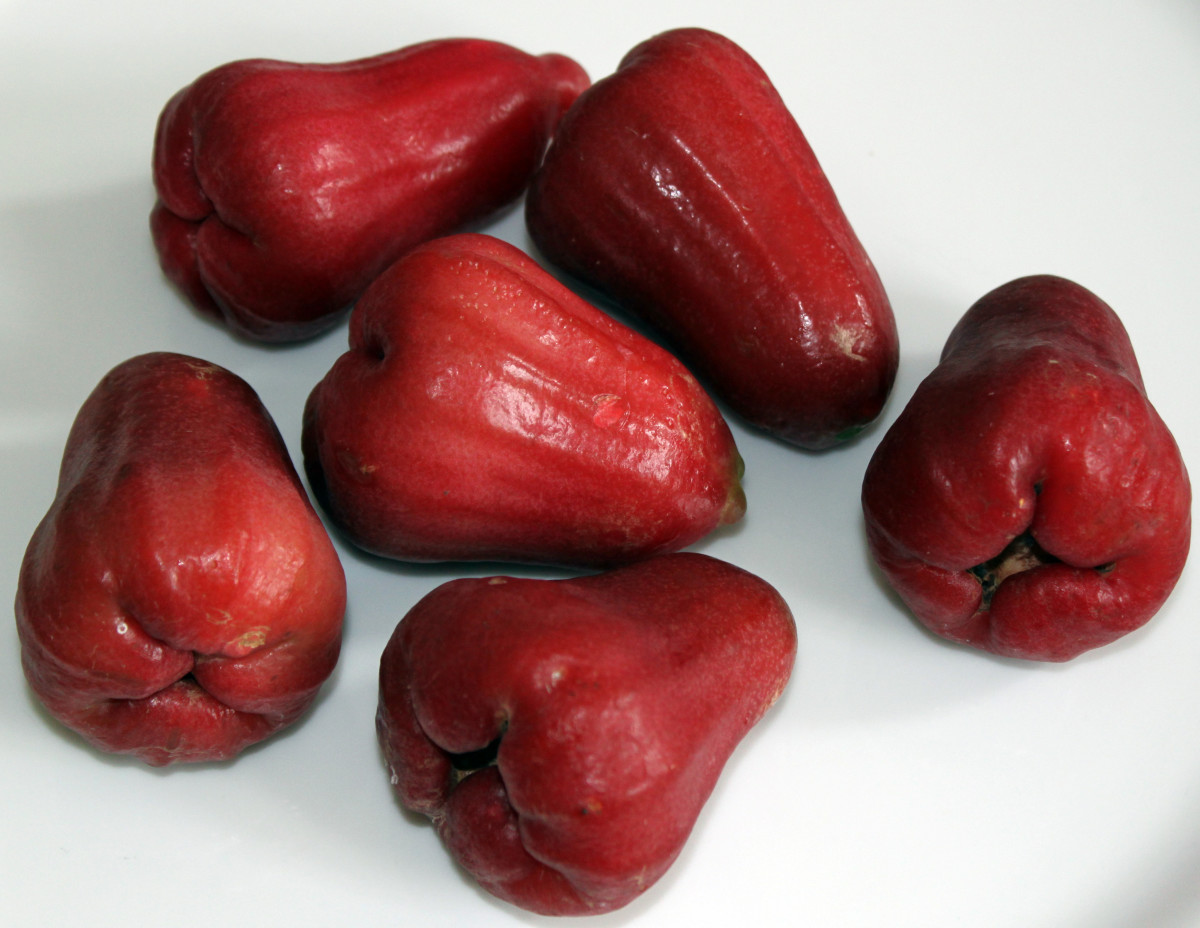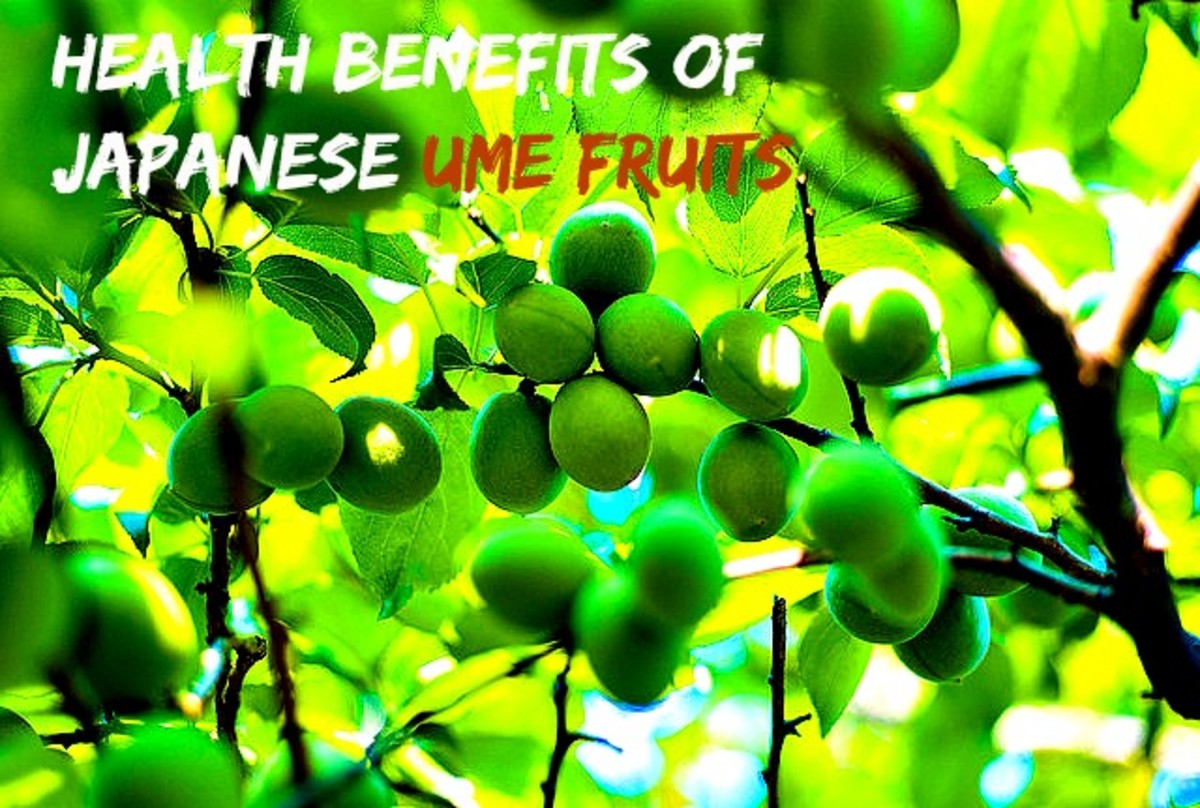Cruciferous Vegetables & Cancer
Some Cruciferous Vegetables
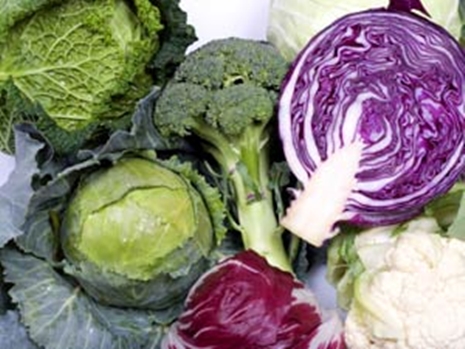
Cancer Runs in the Family
From what I have seen, Cancer usually originates in one organ before spreading to other parts of the body; and there are as many types of cancer as we have body parts-- but it is all one disease: Cancer.
Grandpa and Grandma had Cancer
My maternal grandfather died at the age of 45 from throat cancer; he smoked a pipe. And when I was 5 years old my maternal grandmother died at age 65 from stomach cancer; she smoked cigarettes.
Unfortunately, back then the technology was not very advanced compared with today's standards. When Grandma had her operation, they found her cancer had spread everywhere. There was nothing they could do, so they closed her up and let her go home.
Soon she was in a wheelchair, looking thin and frail. My mom had to watch her mother suffer through the pain of cancer; and when she died, it was the hardest time of Mama’s life.
Father Died from Brain Cancer
More recently, in 1986, my father died in the hospital from brain cancer: he was only 57 years old. At the time of his death his brain tumor was the size of a golf ball-- it was positioned in the middle of his brain. When he first found out he had a brain tumor, the doctor said he had 50% chance of survival if they operated and removed the tumor. He decided against the operation - and I am sure I would have done the same thing.
Mom had Breast Cancer Twice
The first time my mom had breast cancer the doctor performed a lumpectomy, and she was fine for several years. Then, about 6 years later they found another lump in her breast. She had another partial mastectomy and the cancer never came back.
My mom always kept her doctor's appointments, so they found the lumps early. She died December 21, 2012 at the age of 82 from an aneurysm in her brain (God bless her soul).
Best Medicine: Prevention
It is almost incredible that cancer could have been prevented just by eating raw cruciferous vegetables three times a month and we are just finding out about it now!
Please remember: Preventing cancer before it starts is much easier than getting treatment after contracting cancer. So, please eat your vegetables!
[Source: Unless otherwise noted all information derived from: “The Kitchen Table Book” (2009). Written by The Editors of FC&A Medical Publishing.]
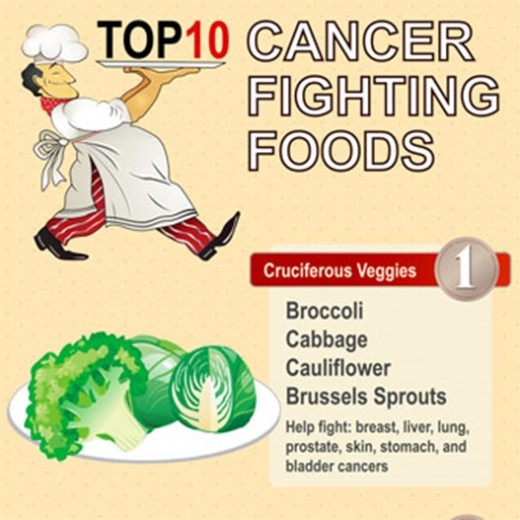
News About Vegetables Fighting Cancer
Commercial on the Radio
I am always looking for new and interesting information, like household cleaning tips, health tips, new high-tech devices, and so forth. And then I heard through an advertisement on the radio about a book that the Medical Association does not want us to read. It tells you which foods to eat to prevent many types of cancer. The commercial was very convincing, so I sent for the book.
Set the Book Aside
When I first received the book in the mail, I skimmed through it and ended up putting it on the shelf for a few months. Then one day, I was bored so I picked it up again and started reading parts of it. The name of the book? "The Kitchen Table Book" by The Editors of FC&A Medical Publishing.
Cruciferous Vegetables Fight Cancer
There is a section in this book called Cruciferous Vegetables that I started reading, and then I read that eating cruciferous vegetables stops cancer cells from damaging normal cells Click to Tweet and spreading. This really got my attention because I have three women friends who are fighting cancer and they need to know about this. Plus, cancer runs in my family so I should do all I can to prevent cancer.
Not Surprising
It shouldn’t surprise us that every plant on Earth has nutritional or medical value: it is even in the Bible (Ezekial 47:12). It is surprising that it took scientists this long to find out about cruciferous vegetables!
However, we can all benefit from this information because cruciferous vegetables prevent all types of cancer! All you need to do is eat them.
Please read on for more information about these amazing health-preserving vegetables.
Topics In This Article
- What the word "cruciferous" means, and why these vegetables are called that.
- A list of the crucifers (short for 'cruciferous vegetables').
- How to prepare crucifers for maximum health benefits.
- How these vegetables work with the enzymes in our intestines to prevent various forms cancer.
- How crucifers prevent and eliminate cancer cells.
- Which cruciferous vegetables to focus on (eat the most of) to prevent particular cancers, such as bladder, breast. colon, prostate, stomach cancer, and more!
The Kitchen Table Book

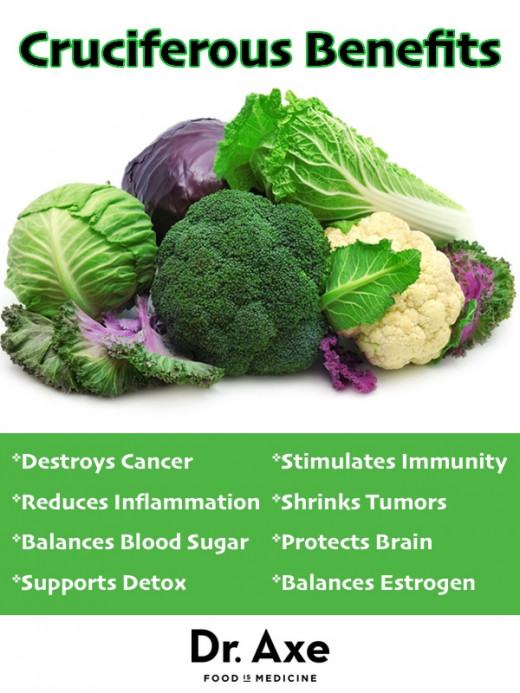
How Do These Vegetables Prevent Cancer?
It's Like This...
When we chew raw or cooked crucifers, they travel to our intestines where glucosinolates are released, along with myrosinase enzymes. Myrosinase enzymes convert glucosinolates into simpler compounds in a process called hydrolysis – the process of breaking down the elements. .
The end result of hydrolysis is several biologically active compounds that either prevent or fight cancer cells. These compounds are:
- Isothiocyanates (ITCs)
- Indoles (indole-3-carbinol)
- Sulforaphane
- Diindolymethane (DIM)
How These Compounds Prevent or Fight Cancer
Each of these compounds works with myrosinase enzymes in unique ways to:
- Slow down cancer cell growth;
- Help old cells die when they need to---before they become cancerous;
- Detoxify cancer cells and carcinogens, rendering them harmless to healthy cells;
- Prevent breast and ovarian cancer from spreading by killing 2 of the proteins needed to initiate the spread cancer;
- Cause cancer cells to destroy themselves.
How Indoles & ITCs Work
ITCs are made from glucosinolates and known to prevent cancer in several ways:
- ITCs may deactivate carcinogens before they have time damage a cell’s DNA.
- ITCs may halt cell inter-communication, preventing healthy cells from becoming cancerous.
- When estrogen cells become cancerous (as in hormone-sensitive cancers) ITCs can change the estrogen’s metabolism, lowering the risk of it becoming cancerous.
- Once cancer has started, ITCs help by altering the course of cancer cells.
- ITCs weaken cancer cells, making chemotherapy and radiation more effective against chemo-resistant cancer cells.
Sulforaphane
Sulforaphane is a molecule derived from ITCs. Sulforaphane causes the enzymes in our body to detoxify cancerous cells and carcinogens, rendering them harmless to healthy cells.
Sulforaphane also slows the growth of precancerous cells, and prevents cancerous tumors from developing (http://lpi.oregonstate.edu/infocenter/).
It's been proven that when sulforaphane is in your digestive tract, it interrupts the ovarian cancer cell cycle during a time when they must not be disrupted. When ovarian cancer cells are disruupted, apoptosis takes place -- they kill themselves. .
In animal studies, sulphoraphane prevented chemically induced breast cancer and turned colon cancer cells suicidal. Sulphoraphane stops the spread of cancer cells, no matter what stage the cancer is in (http://www.webmd.com/food-recipes/super-veggies-cruciferous-vegetables).
Diindolymethane (DIM)
Once in your intestines, indole-3-carbinol breaks down further to make DIM. This compound prevents breast and ovarian cancer from spreading by killing 2 proteins needed to spread cancer.
Cancer cells treated with DIM were found to spread 80% less than those not treated with DIM. Also, DIM may slow down cancer cell growth (The Kitchen Table Book, by the Editors of FC&A Medical Publishing).
Strength & Protection
Cruciferous vegetables both strengthen and protect our:
† Immune system
† Inflammatory system
† Hormonal system
† Detoxification system
† Antioxidant system
All five body systems are boosted by crucifers, but if our immune system is not “up to par” (healthy) all of these systems are also deficient.
It’s like when you stay up too late and get too little sleep: your body’s immunity drops. There have been several times that my daughter caught a bad cold—but I never caught it. I told her she caught that cold because her resistance was down.
When there are deficiencies in any of our body systems it lowers our resistance – and raises our risk of contracting cancer.
Source: The Kitchen Table Book (2009). By the Editors of FC&A Medical Publishing.
Cross Bearing Flowers
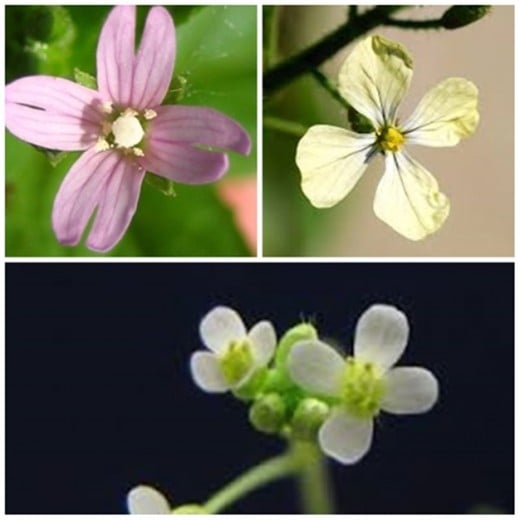
The Meaning of "Cruciferous"
Named in the 1800's
The word “crucifer” was coined in the 1800’s and literally means “cross-bearing.”
Taking the word apart, from Latin we have “crux” meaning “cross” which becomes “cruc”(cross) and “fer” which means “bearing.”
Before the word crucifer was used this vegetable family was called the Brassicacae family; it is commonly known as the Cabbage family.
The word "cruciferous" was arrived at because the flowers these plants produce have four leaves in the shape of a cross. Cruciferous vegetables are all high in vital nutrients, phytochemicals (plant chemicals) and Vitamin C (http://en.wikipedia.org/wiki/Cruciferous_vegetables).
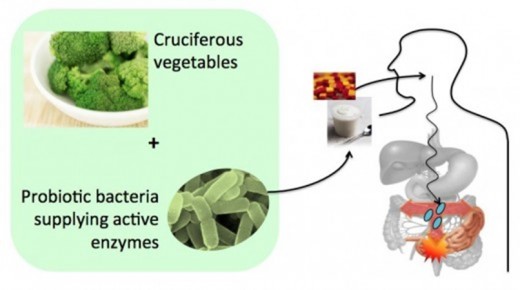
A List of Cruciferous Vegetables
Here Are the Crucifers:
(As a short cut, some people use the word "crucifers" for "cruciferous vegetables -- so I am using it, too. )
The most common crucifers are:
- Bok Choy
- Broccoli (and broccolflower)
- Brussels sprouts
- Cauliflower
- Chinese cabbage
- Collard greens
- Kale
- Mustard and mustard greens
- Napa cabbage
- Radishes
- Turnips and turnip greens
Less common crucifers are:
- Arugula
- Daikon
- Horseradish
- Kohlrabi
- Rutabaga
- Wasabi
- Watercress
These vegetables all contain the phytochemicals known for their anti-cancerous properties in humans.
How to Prepare Cruciferous Vegetables for Best Results
Easy to Prepare?
So, what is the best way to prepare cruciferous vegetables? Actually, all you need to do is cut them up in bite size pieces and eat them raw.
Yes, eating these vegetables raw keeps their phytochemicals intact, while cooking them in any way destroys a large percentage of these anti-cancerous chemicals.
So, break out your favorite low-fat dip (I like Ranch Dressing) and dip your way to good health at least 3 times per month!
TIP: It's a good idea to keep a large container of raw vegetables cut and ready, so you can reach for them instead of candy or cookies when you are staving off your hunger.
About Supplements and Juices
There is much debate on whether or not supplements or (crucifer) vegetable juices work as well as fresh raw vegetables in preventing cancer. The authors of "The Kitchen Table Book" say that neither vegetable juices nor compound extracts from crucifers in supplement form had any effect on cancer in animal studies.
A Historic Fact about Cruciferous Vegetables
First Recorded Use For Healing
Historically, in 200 B.C. a Roman Statesman named Cato the Elder recommended the use of cabbage (a crucifer) in curing an ulcer on the breast. Cato wrote: "if a cancerous ulcer appears on the breast, apply a crushed cabbage leaf and it will make it well" (http://www.canceractivecom/cancer-active-page-link.aspx?n=1417).
"Milligrams of Glucosinolate Per 1/2 Pint Cup"
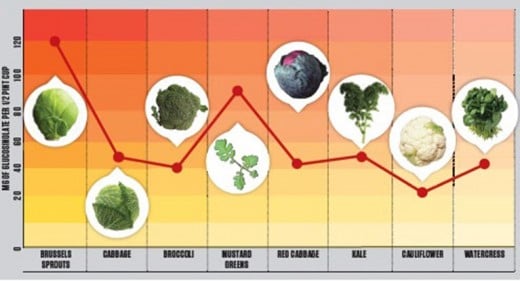
Cruciferous Vegetables Poll
Which cruciferous vegetables would you eat raw to prevent or slow down cancer?
Kohlrabi & Rutabagas
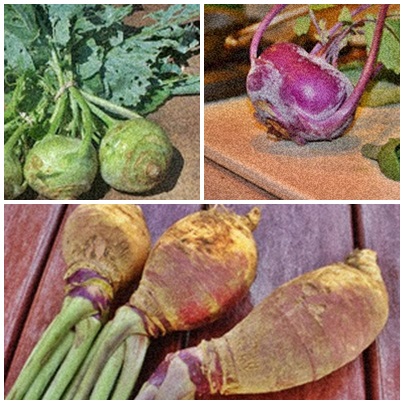
Please Tell the People You Love About Cruciferous Vegetables
Tell Your Friends
After reading this, please let other people know that cruciferous vegetables:
- Fight against cancer cells
- Prevent cancer cells from spreading
- Make cancer cells kill themselves, in an act called "apoptosis".
Keep Eating Raw Broccoli (and Other Raw Crucifers) Because They Can:
- Prevent cancer from ever starting.
- Slow the growth rate of cancer cells.
Please Rate This Hub
Some Helpful Links
- Online Library | Articles | Anti-Cancer Foods: Cruciferous Vegetables | DrFuhrman.com
Nutrition scientists have shown over and over that people who eat more natural plant foods -- vegetables, fruits, legumes, nuts and seeds, etc. -- are less likely to be diagnosed with cancer. But are all vegetables equally protective? - Linus Pauling Institute at Oregon State University
Linus Pauling Institute at Oregon State University - The Super-Veggies: Cruciferous Vegetables
What do broccoli, cauliflower, Brussels sprouts, kale, cabbage, and bok choy have in common? They're all members of the cruciferous, or cabbage, family of vegetables. And they all contain phytochemicals, vitamins and minerals, and fiber that are impo
© 2015 Miriam Parker

